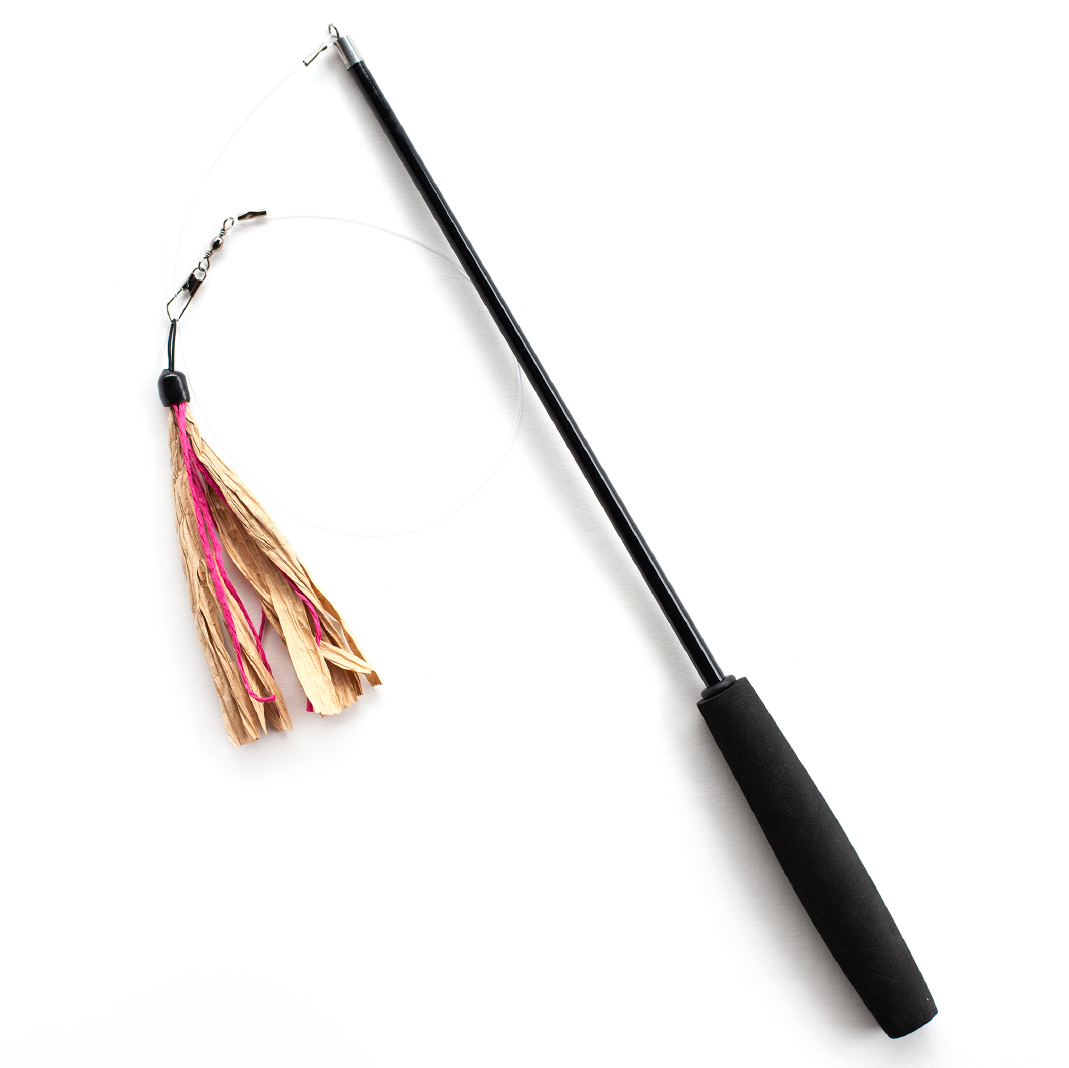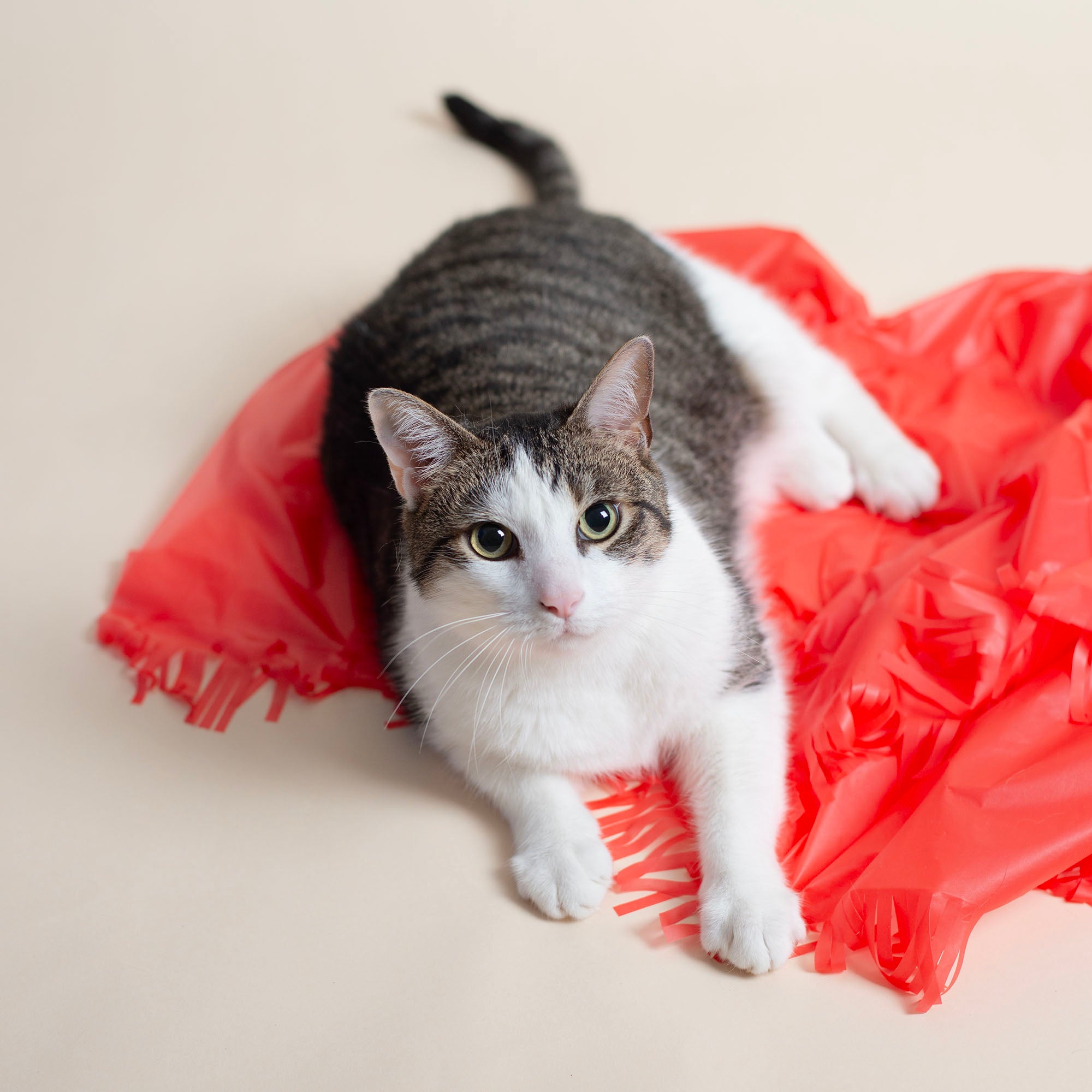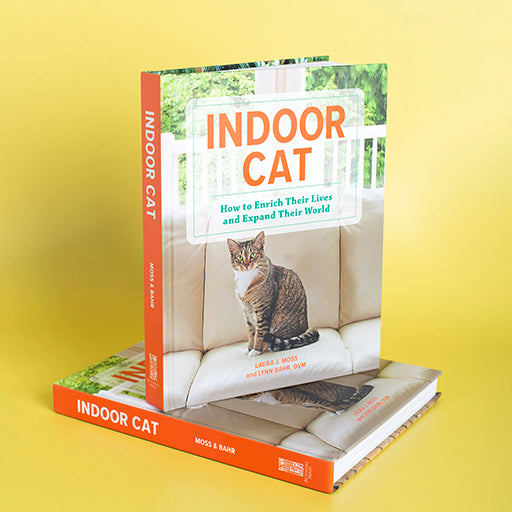Driving Cross Country with Cats? Save These 7 Tips
I can't definitively say it's the best of times, but traveling cross country with your cat can absolutely be the worst of times—if you’re not prepared.
Unlike dogs, most cats detest car rides. As creatures of habit, cats tend to loathe any deviation from their routine. So don’t be too surprised if they’re not the epitome of happiness on your cross-country trek.

To make matters all the more interesting, some cats are known to get motion sickness. They might throw up or become incontinent because of their car phobia, nauseousness, or G.I. upset.
But all is not doom and gloom! Whether you’re moving cross country or taking a road trip with your fur baby, it is possible to keep your cat safe and happy. A combination of practice, distraction, and relaxation can go a long way.
1. Keep calm and carry on
Your cat can read your body language. If you’re panic-stricken, Ms. QT Pie will pick up on that. Try to relax. It may seem like an impossible task but with a little bit of practice, your cat is going to be perfectly comfortable while traveling.
Start by taking your cat for regular car rides. No destination, no long distances. Keep it short and chill.
Make sure you remain calm during all practice sessions and reassure your cat constantly. Their favorite treats or a cat attractant like silver vine may help to keep your cat interested and comfortable.
2. Bust out the carrier often
A carrier is the best way to safely travel with your cat, even if they are harness trained.
It’s important to rehearse getting your cat in their carrier. If the only time you break the pet carrier out is for a visit to the vet, your cat will associate the space with shots (and maybe even pain or illness). So bring it along for practice rides. Let them know the carrier can be a safe and relaxing place too.

You can also combat kitty stress by leaving the carrier lying around the house. Let them smell and explore the space they will be staying in so it makes them less nervous on your road trip.
Reinforce positive associations with treats, their favorite blanket and toys. This will make the carrier a safe place for them to rest, so when it is time to go in the car it is less stressful for your cat.
3. Don’t be the designated driver
You may be a great multi-tasker. But do you really need to juggle between entertaining your cat and keeping an eye on the road? Even if your cat is properly restrained, they can be a distraction while you drive.
If you can, have someone else join on your trip. This hack will allow you (or a friend) to keep your cat company in the backseat and distract them if they get antsy. Distraction can destress your cat and keep them mentally stimulated.
Better yet, keep a toy on hand that you can access quickly and use in tight spaces, like a stuffed critter dusted with silver vine.
4. Bring snacks and water
This tip is an obvious one but I would be remiss if I didn’t mention it. Your cat is bound to get hungry and thirsty on the long drive.

Bring enough food and water so they don’t get hangry. Even if your cat isn't interested in eating or drinking, having it on hand is much easier than trying to figure out options on the road. You might even consider a collapsible, travel water bowl.
5. Grab portable litter boxes
Your cat may need to use the litterbox while traveling so don't forget to bring one along. There are collapsible options or disposable ones. To make sure your cat is comfortable using an unfamiliar box, take a small amount of litter out of the home litter box so your cat recognizes the smell.
And don’t forget clean-up supplies. Accidents happen and a car is no place to be locked in with a stinky poo. Pet wipes and hand sanitizer are essential.
6. Use scents or anti-anxiety medication
Training your cat to get comfortable for your cross-country road trip can be a challenge. I’ve talked about how to use familiar smells to make them feel at home. But there are a couple additional options to help them relax—scents and medication. You can use catnip, valerian root, olives, honeysuckle or non-citrus fruits as a scent. If your cat doesn’t like catnip, try silver vine.
Pro tip: Essential oils are not safe for cats. Some experts believe Frankincense, Copaiba, Helichrysum, and Chamomile are non-toxic. Always consult your vet before you try diffusing any essential oils.
If your cat is fearful or stressed and your practice rides haven’t been going well, you may need to ask your vet for medication. They’ll be able to guide you on best options for your cat’s specific needs.
Run through hypothetical scenarios
Traveling with your cat across the country is hardly ever stress free. But it can be done without losing your mind—or your cat!

You’re going to need to exercise a ton of patience and stay zen throughout. Get loads of practice with your cat before the actual trip. For good measure, be sure to speak to your vet about how to accommodate your cat’s needs and what’s best for them.
Make a list of all the worst case situations and practice going through them one by one with your cat:
- What are you going to do if your cat is stressed?
- What if the sedatives make your cat sick?
- What will you do if the leash snaps?
Lastly, the most important thing you can do to protect your cat on a trip, no matter if you fly or drive, is to have them microchipped. And double triple check that your contact information up to date. Nearly 1/3 of all pets will go missing at some point and truly the only way for someone to return your cat to you is if the finder knows how to contact you.
If you do end up trying these travel tips, send us a picture of your feline resting cozy and share it with @DeziandRoo on Instagram for a chance to be featured.
Share:
4 comments
-
great tips. I’m planning on a cross country trip late spring. will be working on the logistics. Loved the prep for many different scenarios. Anyone have thoughts about large crate/carrier for multiple cats versus smaller/individual one?
Elizabeth D on
-
Travelling across country with not only 2 cats, but also 2 dogs, is going to be an experience that I’m honestly not looking forward to. At the end of the day, everything will be okay (I hope), but it’s going to be a long haul.
I already know my cats hate the car, but here is a tip I use that I’ve found helpful: I find that my cats are calmer, thus less ‘meowy’, when I cover their crate with a sheet or thin blanket. This really calms them down and makes travel less stressful, for ALL of us. Just a thought…. Good luck everyone.Ana Pringles on
-
Very appropriate article! We (my 2 fur-boys and myself) will be moving 3,000 miles, to the opposite side of the country, soon! I don’t want to subject them to the (more stressful) travel via airplanes, so will be traveling via car. (I’ve been having 2nd, 3rd, and 4th thoughts about it, though!) Hopefully, with the tips here, we’ll be able to have some fun, along the way.
Kat, Ollie & OpieKat Young on
-
I’ve been wondering about traveling with cats, so thanks for this overview! We will plan ahead and start taking them for short practice drives to help them adjust.
Jennifer on








